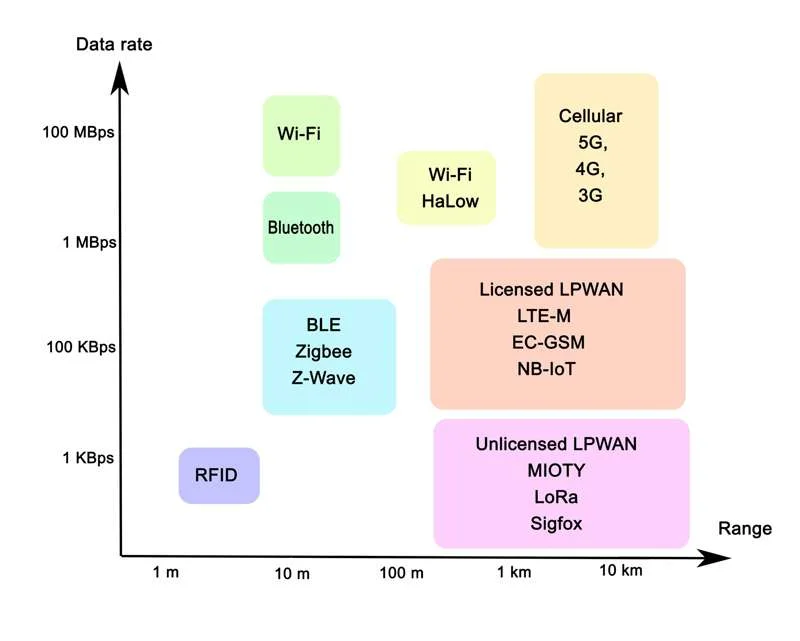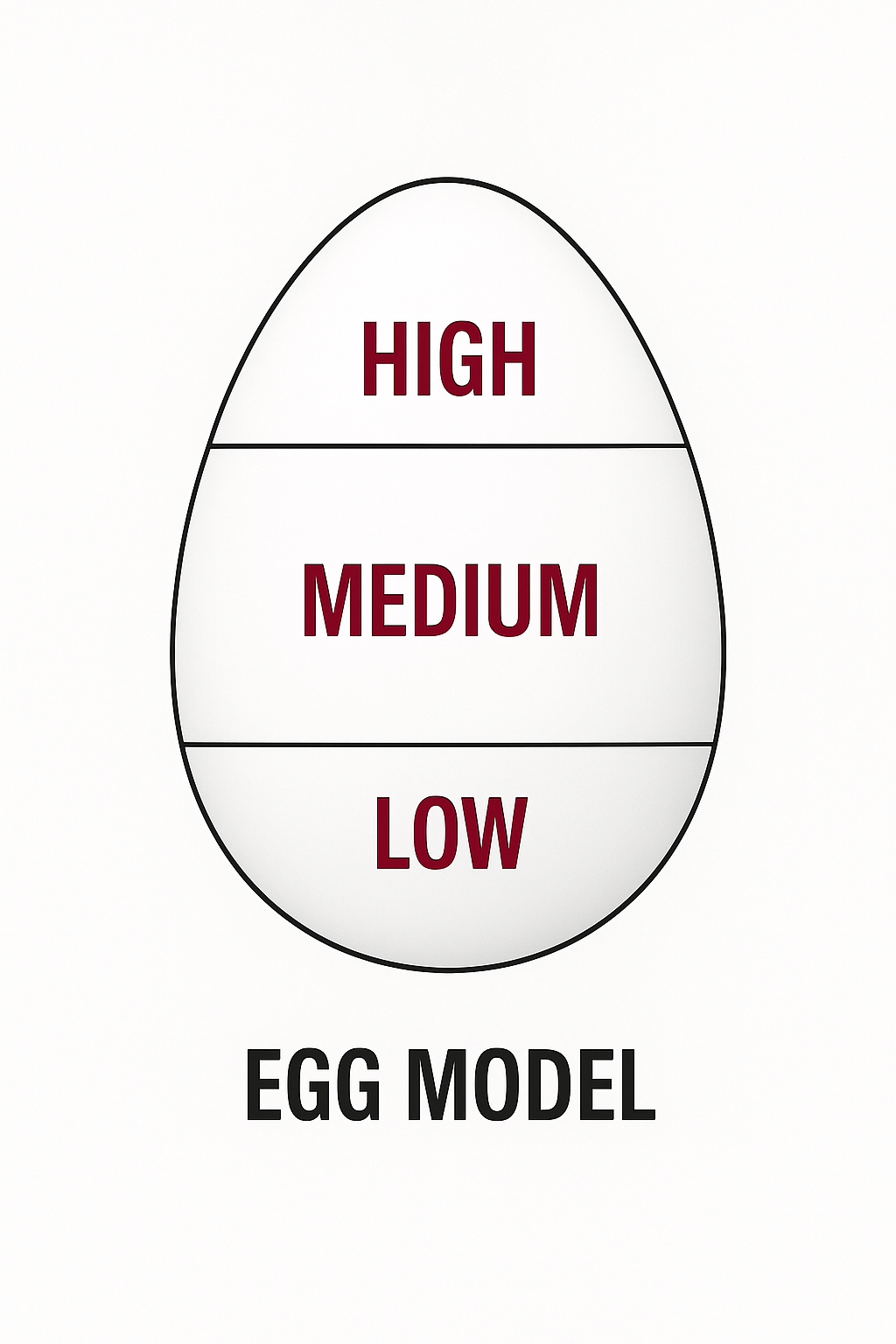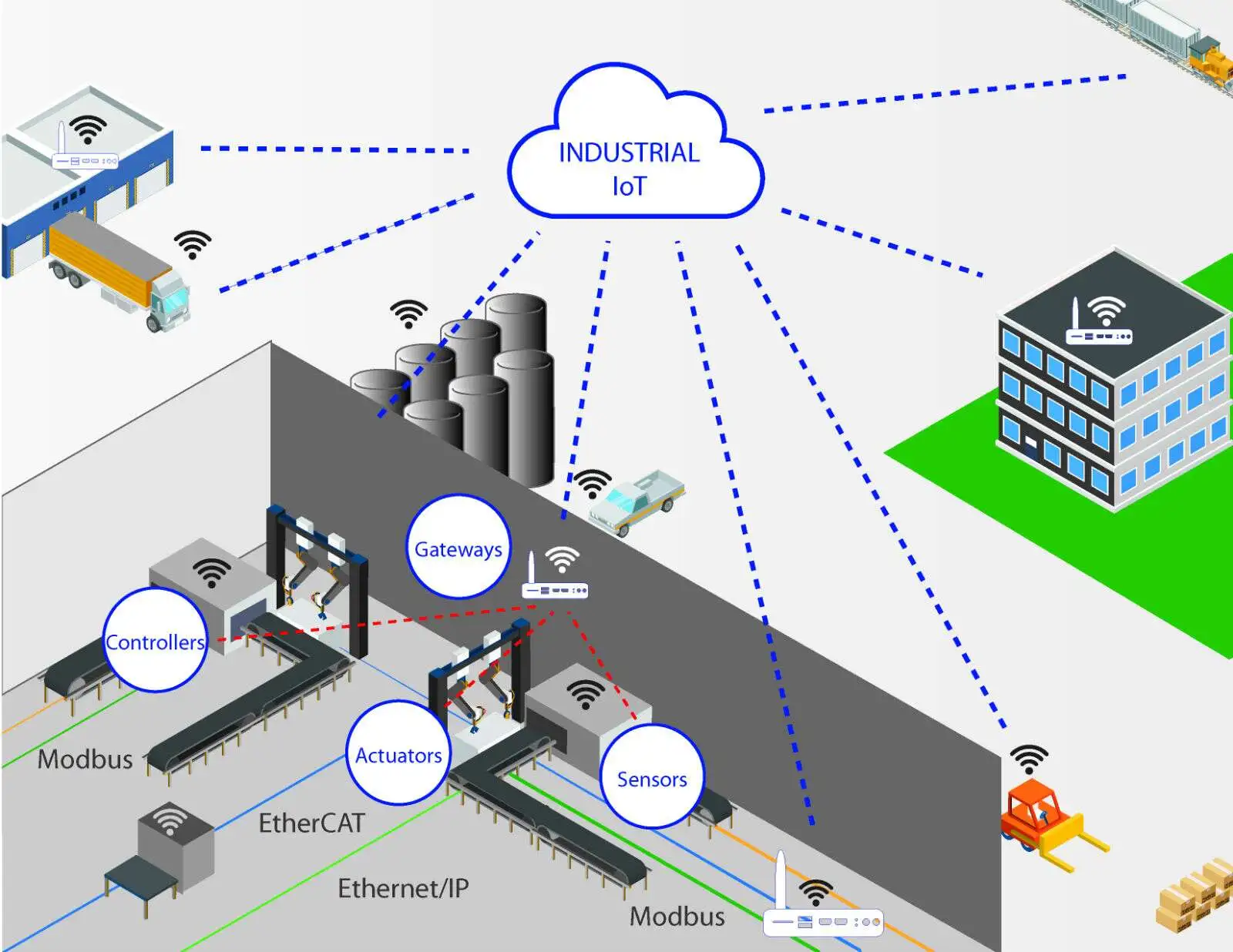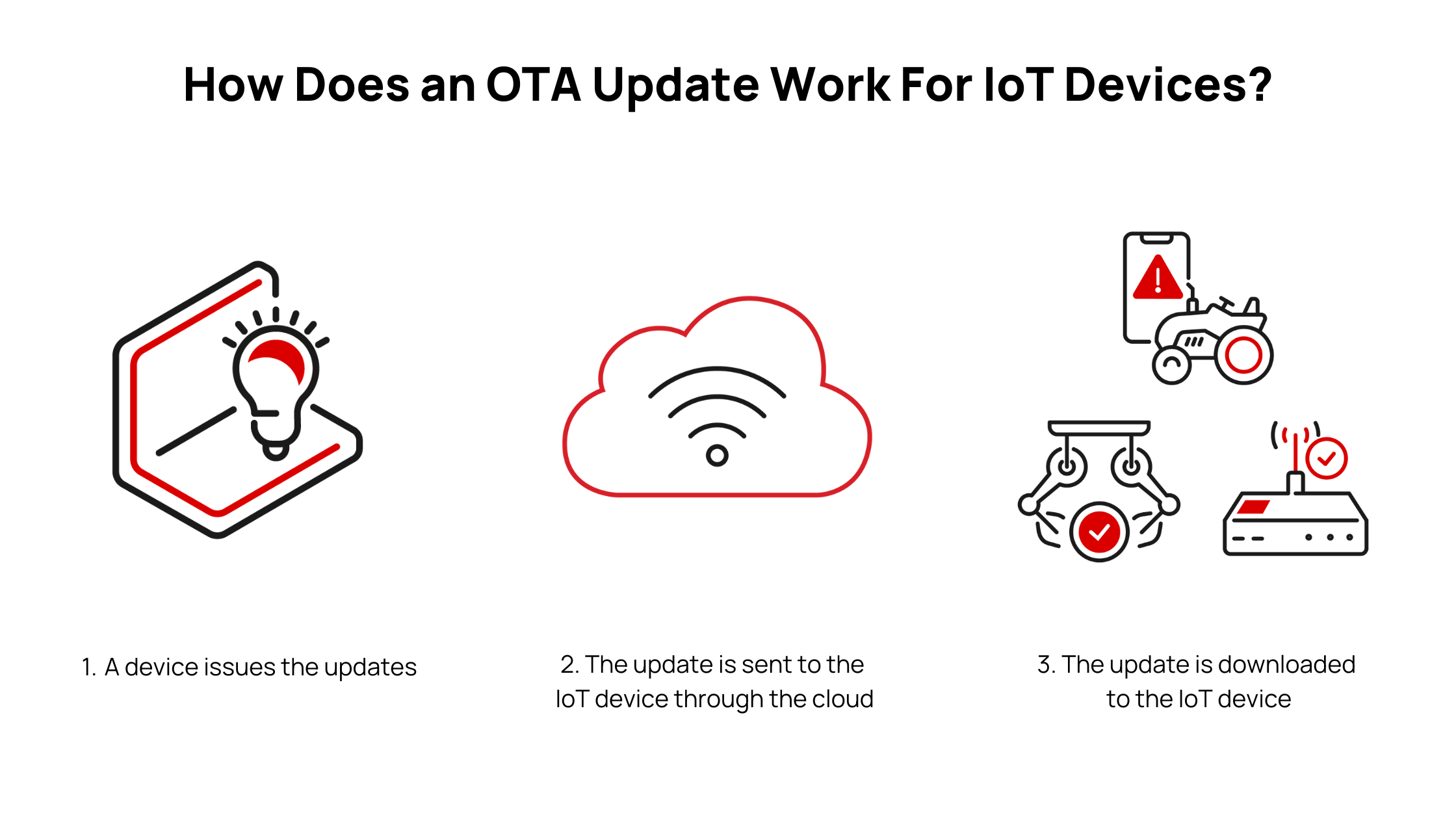
Protocols define the rules for communication and data transfer between devices in IoT environments. According to their roles, IoT protocols can be classified into three categories: transport protocols, communication protocols, and industry-specific protocols.
Transport protocols
Transport protocols generally handle network formation and communication between devices within a subnet. Examples include Wi?Fi, Ethernet, NFC, ZigBee, Bluetooth, GP RS, 3G/4G/5G, etc. These protocols help ensure the security and reliability of data transmitted over a network.
| Protocol | Description and use cases |
|---|---|
| Modbus | Description: Modbus is an application-layer message transmission protocol with ASCII, RTU, and TCP message formats. Using Modbus, controllers can communicate with each other and with other devices over networks such as Ethernet. Use cases: Widely used in industrial applications. |
| OPC-UA | Description: OPC Unified Architecture is an open, platform-independent standard protocol that enables devices running different systems to exchange messages between clients and servers over a network. OPC-UA is well suited for remote access. Use cases: Factory floor devices, control systems, manufacturing execution systems, and enterprise resource planning integrations. |
| OPC-DA | Description: OPC-DA is designed for single-system data access. It defines standards for real-time data access including data values, update time, and data quality information. Use cases: Data exchange between devices and control applications from multiple vendors. |
| LoRa | Description: LoRa is a low-power wide-area wireless standard developed by Semtech. It addresses long-range communication under low power consumption, balancing low power and long distance. Use cases: Smart city, smart building, smart home, smart agriculture, and wireless industrial applications. |
| ZigBee | Description: ZigBee is a low-speed, short-range wireless communication protocol. It provides a reliable wireless data network with characteristics such as low data rate, low power consumption, low cost, support for large numbers of nodes, multiple network topologies, low complexity, speed, reliability, and security. Use cases: Large-scale applications in industrial, agricultural, and smart home domains. |
| Bluetooth | Description: Bluetooth is a global standard for short-range wireless data and voice communication. It offers low-cost, short-distance wireless connectivity for fixed and mobile devices. Use cases: Wireless information exchange among mobile phones, PDAs, headsets, laptops, and related peripherals. |
Bluetooth, WiFi, ZigBee comparison
WiFi is widely adopted and ubiquitous in homes and offices. ZigBee offers low power consumption and self-organizing mesh networking. UWB carrierless wireless technology excels in transmission rate. Bluetooth is simple for device pairing and small network formation. Each technology has limitations, and none fully satisfies all smart home requirements.
Bluetooth enables short-range wireless communication, but its relatively complex protocol, higher power consumption, and higher cost make it less suited for cost-sensitive, low-power industrial control and home networks. Bluetooth's limited effective range, typically around 10 meters, limited interference resistance, and security concerns constrain wider adoption.
WiFi is a short-range wireless transmission technology that provides always-on connectivity and strong mobility, making it suitable for office and home environments. However, because WiFi uses RF signals transmitted through the air, it is susceptible to external interference.
ZigBee is an international wireless communication technology. A ZigBee network can support over 65,000 endpoints per network, making it suitable for home, industrial, and agricultural applications. By contrast, typical Bluetooth and WiFi networks support far fewer endpoints in a single network. ZigBee also provides advantages in low power consumption and low cost.
Communication protocols
| Protocol | Description and use cases |
|---|---|
| MQTT | Description: MQTT is a lightweight publish/subscribe messaging protocol built on TCP/IP. It features compact messages, lightweight reliability, and support for QoS. Use cases: One of the recommended protocols for IoT, widely used in smart devices, connected vehicles, energy, and power systems. |
| HTTPS | Description: HTTPS uses the HTTP request/response model for data transfer over TLS/SSL. Use cases: Suitable for devices and scenarios with ample hardware capability and network bandwidth. |
| CoAP | Description: CoAP (Constrained Application Protocol) is a web-like protocol for IoT that uses a request/response model. It is compactly designed and uses UDP for transport, making it suitable for resource-constrained, low-power devices, such as NB?IoT devices. Use cases: Widely used in low-power metering devices such as water and electricity meters. |
| TCP (proprietary) | Description: Some vendors develop and adopt proprietary protocols based on TCP. Private protocols offer flexibility and can be customized and upgraded within an organization. Implementation typically requires manual deployment by the customer. |
| UDP | Description: UDP is a connectionless protocol that does not provide delivery reliability or flow control, but offers low latency and minimal overhead. Use cases: Real-time data transfer and fast device-to-device communication, including real-time video and audio streaming, sensor data collection and control signal transmission, broadcast and multicast. UDP meets requirements for high-speed and low-latency IoT applications. |
MQTT vs CoAP
MQTT is a many-to-many messaging protocol that uses a broker to relay messages between clients, decoupling producers and consumers. Clients publish messages to a broker, which routes and copies messages to subscribers. Although MQTT supports persistence, it is best used as a real-time data messaging bus.
CoAP is primarily a point-to-point protocol used for state transfer between clients and servers. While CoAP supports resource observation, it is better suited to state transfer models rather than purely event-driven models.
MQTT clients typically open long-lived TCP connections. CoAP uses UDP for client-server exchanges; in NAT environments, tunneling or port forwarding may be required to support CoAP. Devices using lightweight M2M approaches might initialize a frontend connection first.
MQTT does not include standard message type tags or metadata to help clients interpret payloads. Any MQTT message can carry arbitrary data, so clients must agree on payload formats. CoAP, by contrast, supports built-in content negotiation and discovery mechanisms, enabling devices to probe each other to find supported data exchange formats.
Industry protocols
| Protocol | Description and use cases |
|---|---|
| GB/T 28181 | Description: China national standard GB/T 28181—2016, "Technical requirements for information transmission, exchange and control of public security video surveillance networking systems." Use cases: Video networking, transmission, and device control. |
| JT/T808 | Description: "Terminal Communication Protocol and Data Format for Satellite Positioning Systems of Road Transport Vehicles," mainly used for passenger and hazardous goods transport vehicles. Use cases: Transportation industry applications. |
| GB3761 | Description: A China national standard meter protocol plugin that uses modern data collection techniques to convert real-time meter operating data into electrical signals for measurement systems, enabling real-time recording, statistics, meter reading, and settlement. Use cases: Electric meters. |
| DL/T645 | Description: DL/T 645 is a specification for physical connections and protocol standards for data exchange between multifunction electric energy meters and data terminal equipment. The standard follows DL/T 645-2007 rules to ensure information communication between devices and multifunction meters. Use cases: Electric meters. |
| IEC 60870-5-104 (IEC104) | Description: IEC104 is defined by the International Electrotechnical Commission. It adapts the ASDU structure from IEC 60870-5-101 to TCP/IP networks, providing a communication standard for remote telemetry information transport. Combining IEC104 with IEC101 ASDUs helps ensure standardization and reliable communication. Use cases: Power systems and urban rail transit. |
| HJ/T 212 | Description: "Data Transmission Standard for Online Monitoring of Pollutants" is a data transmission standard used in environmental monitoring. Use cases: Environmental protection and monitoring systems. |
| SL 651 | Description: "Hydrological Monitoring Data Communication Protocol," specifying requirements for hydrological monitoring devices. Use cases: Hydrological monitoring. |
 ALLPCB
ALLPCB







